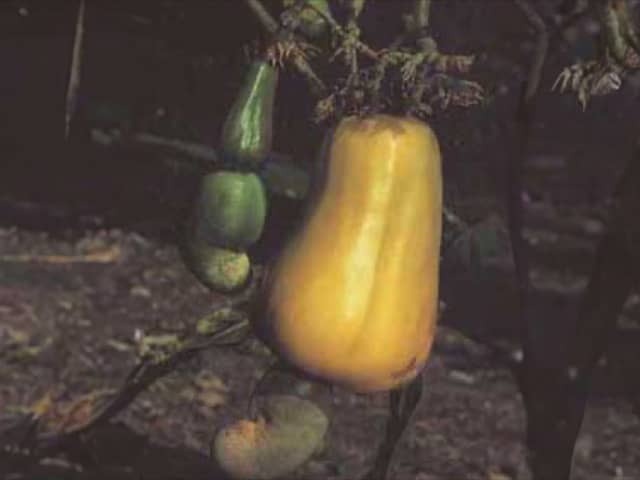Main menu
Common skin conditions

NEWS
Join DermNet PRO
Read more
Quick links
Common name: |
Cashew nut tree |
Botanical name: |
Anacardium occidentale |
Family: |
Anacardiaceae |
Origin: |
Originally native to tropical Americas but is now grown in most tropical climates. |
Description: |

Uses: |
The nut is edible. Modified cashew shell nut oil has a number of industrial uses including an ingredient in ink, as an adhesive and in the manufacture of resin. |
Allergens: |
The cashew shell nut contains a brown oily juice, full of very potent allergens including cardanol, cardol and anacardic acid. |
Allergy: |
There are two problems with cashew nuts, allergy to cashew nut shell oil and allergy to the nut itself. Roasting the shell of the nut liberates irritating vapours, but if roasting is complete, all the allergens should be inactivated. Problem arise when children play with the raw shells, if improperly shelled cashew nuts are sold, or roasting is incomplete. |
Cross reactions: |
These cross react to other members of the Anarcardaciae family including poison ivy, Toxicodendron succedaneum (Rhus tree) and mango. |
Other information: |
|
Patch test: |